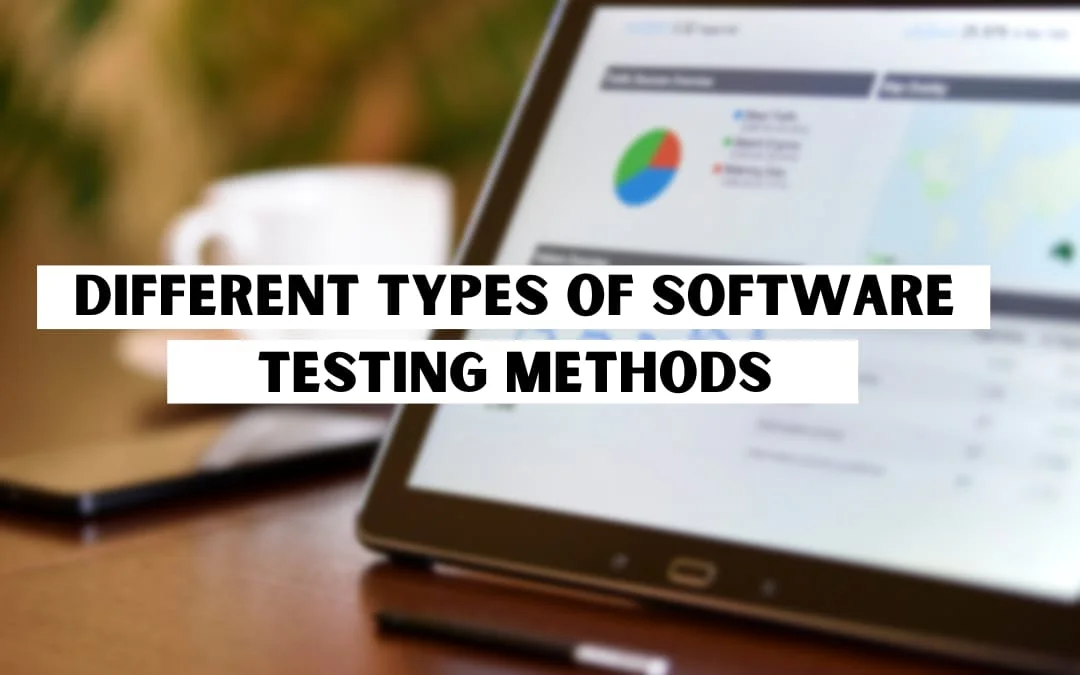Software development is majorly about writing the right codes to get the desired output for applications’ performance. However, merely development does not complete the process, it requires rigorous testing to execute an error–free program. Thus, every development is incomplete without proper testing. As a result, there are some popular principles and methods of testing that are widely used by software developers across the globe.
Common Types of Software Testing Methods
There are several software testing methods that are meant to serve different objectives. However, there are some of the most widely used software testing methods which are as follows.
Unit Testing
This type of testing method focuses on the smallest unit of software design and here individual or groups of interrelated units are tested. It is performed by programmers using the sample input and observing the corresponding outputs. Thus, unit testing checks whether or not the loop, method, or function is working fine. It also tests the accuracy of the arithmetic precedence and initialization.
Integration Testing
The core objective of the integration testing is to take unit–tested components and develop a program structure based on the defined design. Integrated testing considers a group of components to product output. There are four types of popular testing methods :
• Top–Down
• Bottom–Up
• Sandwich
• Big – Bang
Regression Testing
The addition of a new module in the program leads to certain changes which lead to the need for testing these new components. This is where Regression Testing is used. Thus, regression testing is about re-running functional and non-functional tests to ensure that all previously developed and tested programs still work fine after certain changes are made.
Smoke Testing
This type of software testing is a primary testing method that ensures that the software which is supposed to be tested is ready or stable for further process. Since it is a testing of an initial pass and checks the error, fire, or smoke in the initial switch, therefore, it is termed Smoke Testing.
Alpha Testing
This is the type of validation and acceptance technique that is performed by Quality Assurance professionals within the internal environment to identify bugs in the product. It is performed somewhere at the end of the software development lifecycle and precedes beta testing.
Beta Testing
This software testing is conducted at one or more customer sites to test the viability of the product. Thus, at this stage, the product version is shared with a limited number of users to test the product in a real-time environment. It is the next phase of software testing after Alpha testing where product samples are tested with the intended end users.
System Testing
This software testing is done to check whether or not the program is working fine on different operating systems. The system testing is covered under the black box testing technique which focuses on required input and output without working considering its internal working. System testing also comprises security testing, recovery testing, stress testing, performance testing, and all functional and non-functional testing.
Stress Testing
In this software testing method program or project is put under unfavorable conditions to check its performance. Some of the common scenarios that Stress testing tests are –
• Projects which require maximum memory and resources to be executed.
• Cases that may create a thrashing impact on the virtual operating system.
• Product development that may have excessive disk requirements.
Performance Testing
In performance testing, the run-time performance of the software is evaluated within the context of an integrated system which then tests the speed and effectiveness of the program. Fondly, it is also known as load testing and also checks several processor cycles. Some popular types of performance testing are – endurance testing, volume testing, spike testing, scalability testing, and others.
Object – Oriented Testing
This testing method is the combination of several testing techniques that verify and validate the object–oriented software. The object–oriented testing technique flows in the following manner.
• Testing for requirements and resources
• Design and analysis of testing
• Testing codes
• Integration testing
• System testing
• User testing
Final Words
Software testing becomes important to evaluate and verify the program or codes. Testing eliminates program bugs, reduces development costs, and improves performance, therefore, helping to deliver customer–focused products and creating utility for the end–user.





